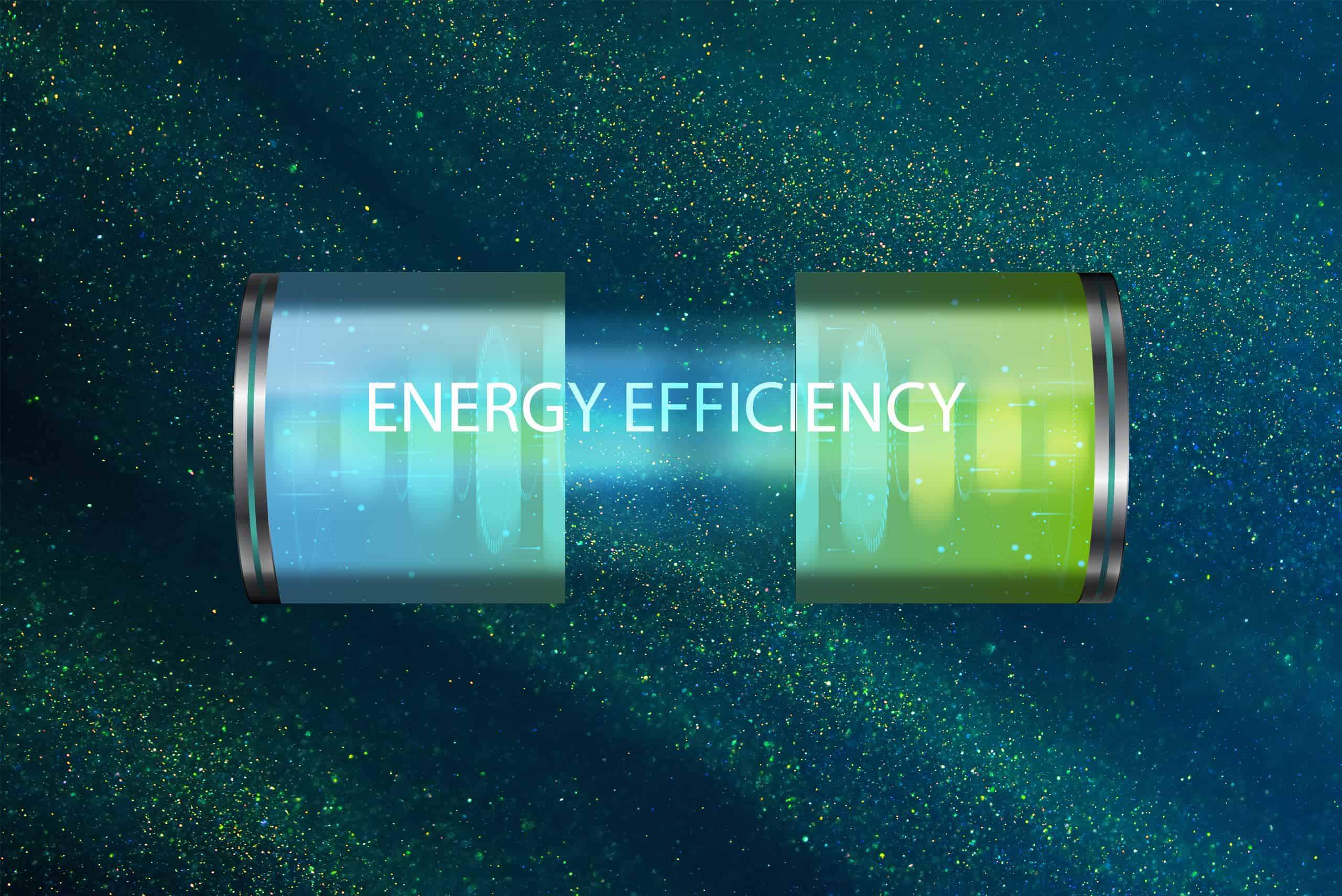Sunday, 28/12/2025 | 18:41 GMT+7
Changing how we use energy is crucial for both energy security and cutting emissions. We need to prioritize energy efficiency on a par with switching to renewable energy, especially in the next decade. And as the world grapples with this crucial transition towards more sustainable energy systems, we must listen to insights from the developing world. Many of these countries are already working to transform energy demand and can offer invaluable lessons as the rest of the world navigates this transition.

Multiple energy efficiency policies, initiatives and programmes are being run across the global south, particularly in India, Bangladesh, Bhutan, Nepal and Sri Lanka. The Asian Development Bank’s report Energy Efficiency in South Asia details some of these examples, including energy efficiency-led building codes, standards and labelling programmes, and targeted end-use initiatives for things like cookstoves, lighting and cooling technology.
Boosting energy efficiency alongside renewables development is especially important for the developing world as these countries try to balance sustainability, affordability and energy security in line with development goals. But the prevalent notion of a straight correlation between economic growth and energy requirements no longer holds true. India is a major example of this: its per capita emissions of 1.7 tonnes of CO2 are already around 60% lower than the global average of 4.3 tonnes of CO2 per capita.
Decoupling growth from energy demand involves significant investment in energy efficiency, particularly during the development of new infrastructure and manufacturing capacity. India has launched multiple initiatives in this area, such as Prime Minister Narendra Modi’s 2015 Unnat Jyoti by Affordable LED For All (UJALA) scheme. As the world’s largest project to replace domestic lighting with energy-inefficient incandescent bulbs, it has shown how small actions can add up to gigantic outcomes – in this case the abatement of about 40 million tonnes of CO2 annually.
India’s Long-Term Low Emission Development Strategy (LTLEDS), presented at COP26, includes a goal to reduce the carbon intensity of the economy by 45% by 2030 compared to 2005 levels. This is one of the five key goals for the country, along with scaling up renewable energy. It is also a key principle under another Indian government initiative called Mission Lifestyle for Environment (LiFE), which encourages people to make simple changes in their daily lives to address climate change.
Boosting energy productivity is not only good for the environment but also financially rewarding. If certain measures are taken by 2030, it could create a roughly 30% reduction in energy intensity and up to $2 trillion in annual savings. Existing technologies and solutions deployed and sectors like industrial manufacturing, transport and the built environment could have the most impact.

With this in mind, Mahindra Group has embraced energy efficiency as a key decarbonization lever across its entire portfolio of companies. Our automotive and farm businesses have significantly improved energy productivity, resulting in around a 90% increase between 2009 and 2023. This means that we are producing nearly double the output using the same amount of energy, resulting in lower manufacturing costs and financial benefits.
This has been made possible through a series of continuous interventions to reduce energy demand per unit of output. We’ve found that behaviour changes, such as turning machines off when not in use and installing energy-efficient equipment, are often quick wins. Process innovations like heat recovery take longer to implement but can have a significant impact. Other changes such as efficient building design, the use of certain types of materials for better insulation in the case of the built environment, and electrification and building lighter vehicles in the transport sector, have also been effective.
The case for investing in energy efficiency solutions is clear. To drive maximum impact, private sector companies need to focus on three key levers:
It’s not enough to act alone. Companies must engage with their value chain partners to spur wider investment and action – this will magnify the impact. Platforms like the World Economic Forum's International Business Council offer best practice information, knowledge sharing and help implementing clear pathways of transformation across regions and sectors. Industry players can also collaborate to create awareness. For example, Mahindra Group and sustainable buildings manufacturer Johnson Controls have partnered on an initiative to accelerate energy-efficient infrastructure development in India.
Alongside this, governments can raise awareness and launch policies, for example establishing guidelines for energy-efficient built infrastructure or incentives for retrofitting. This will create an enabling environment to accelerate energy efficiency.
According to weforum.org








 Webinar 2: “Financial Support for Energy Efficiency Enterprises – Opportunities and Challenges”
Webinar 2: “Financial Support for Energy Efficiency Enterprises – Opportunities and Challenges”
 Vietnamese enterprises achieve green growth and cut costs through energy efficiency
Vietnamese enterprises achieve green growth and cut costs through energy efficiency
 Capacity Building for Program Implementing Entity
Capacity Building for Program Implementing Entity
 Enhance Energy Efficiency Knowledge for Managers of Cement Industrial Enterprises
Enhance Energy Efficiency Knowledge for Managers of Cement Industrial Enterprises
 Capacity building for participating financial institutions of the VSUEE Project
Capacity building for participating financial institutions of the VSUEE Project
 Capacity building for participating financial institutions in Ho Chi Minh City
Capacity building for participating financial institutions in Ho Chi Minh City
 Strengthening capacity for energy management officers of local government agencies
Strengthening capacity for energy management officers of local government agencies